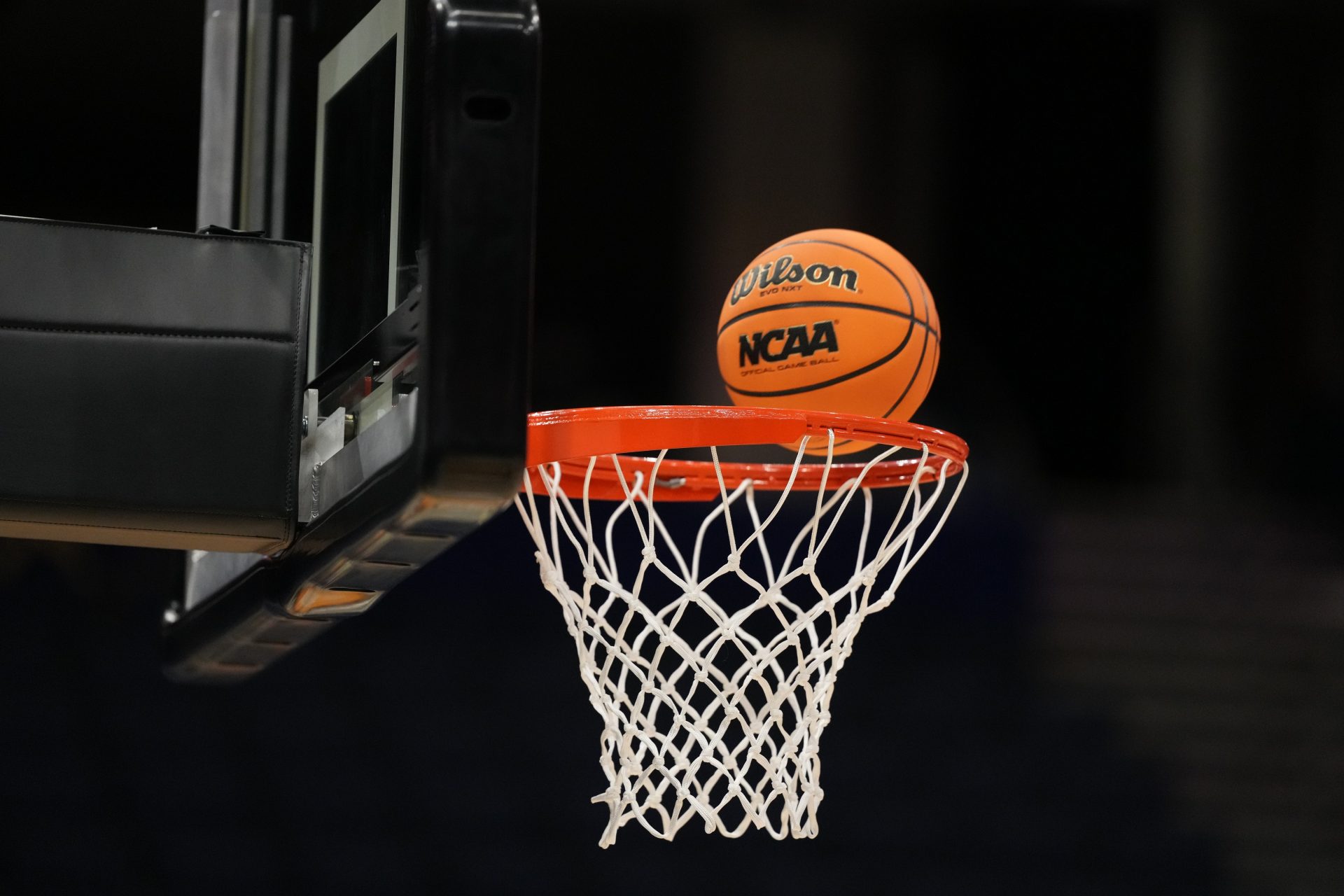The June 2025 approval of the House v. NCAA settlement, totaling nearly $2.8 billion in retroactive damages, represents a groundbreaking shift in college athletics. While it legalizes direct payments to athletes and outlines new rules for third-party NIL agreements, major uncertainties remain.
The ruling, issued by a California judge, addressed several NIL-related concerns but left other key questions unanswered—particularly impacting international basketball dynamics. Though the settlement between the NCAA, student-athletes, and power conferences aims to steady the landscape, it falls short of resolving all the complexities that continue to cloud the future of collegiate sports.
Key Questions Remain After Historic NCAA House Settlement
The NCAA’s landmark House settlement, approved on Friday, June 6, 2025, marks a major transformation in collegiate athletics. Valued at $2.776 billion, the agreement retroactively compensates athletes from 2016 to 2024 for lost NIL opportunities. That date references the U.S. Supreme Court’s 2016 refusal to review the Ed O’Bannon case — a pivotal moment in the NIL movement.
Under this settlement, Division I schools may now share up to $20.5 million annually with athletes, representing a 22.5% cap on revenue sharing in the first year. These payments are in addition to scholarships and other benefits, potentially enabling student-athletes to receive nearly half of their schools’ athletics revenues.
A judge just approved a $2.8 billion NCAA settlement. Schools can start paying athletes $20.5 million a year, and $2.7 billion will go to former players as back pay in arguably the biggest change in college sports history. pic.twitter.com/YHCYEiO8wf
— FearBuck (@FearedBuck) June 7, 2025
To oversee compliance, the plan includes a commission responsible for regulating the salary cap and a separate authority to evaluate fair-market value for third-party NIL agreements. The conferences involved in the case are tasked with enforcing these guidelines, along with establishing and managing new NIL contract rules. The court retains oversight over the settlement’s implementation, and the plaintiffs will continue monitoring progress.
However, some issues remain unresolved. Most notably, the settlement does not address how NIL earnings or direct school payments may affect international student-athletes’ visa status, raising concerns about their eligibility under current federal regulations.
Ross Dellenger of Yahoo Sports reported that roughly 60% of the $2.8 billion will come from reduced school distributions, with the NCAA covering the rest through reserves, net income, and cutting up to $18 million in annual expenses.
While this settlement shields the NCAA and its conferences from future litigation for the next decade, broader threats still loom. The classification of student-athletes as employees, disputes over eligibility rules, and conflicting state laws continue to challenge national standards. NCAA leadership says only congressional action can address these systemic hurdles.
KEEP READING: Meet Judge Claudia Wilken, the Woman Behind the $2.8 Billion NCAA House Settlement Ruling
As the Division I governance structure undergoes reform, NCAA leaders hope this agreement serves as a legislative blueprint and a fresh foundation for the future of college sports.
College Sports Network has you covered with the latest news, analysis, insights, and trending stories in football, men’s basketball, women’s basketball, and baseball!


